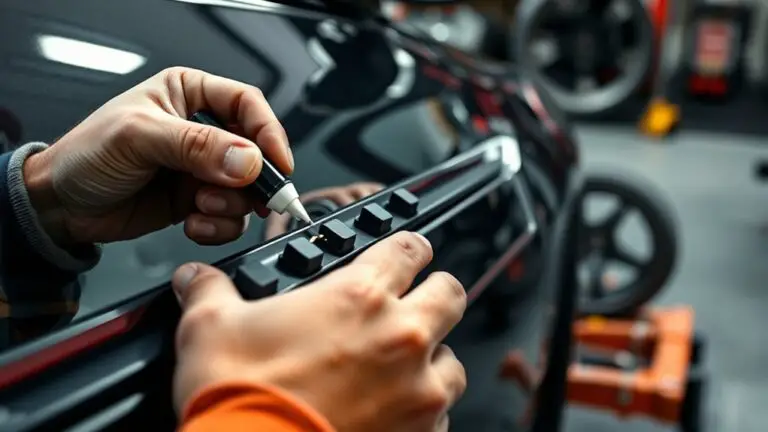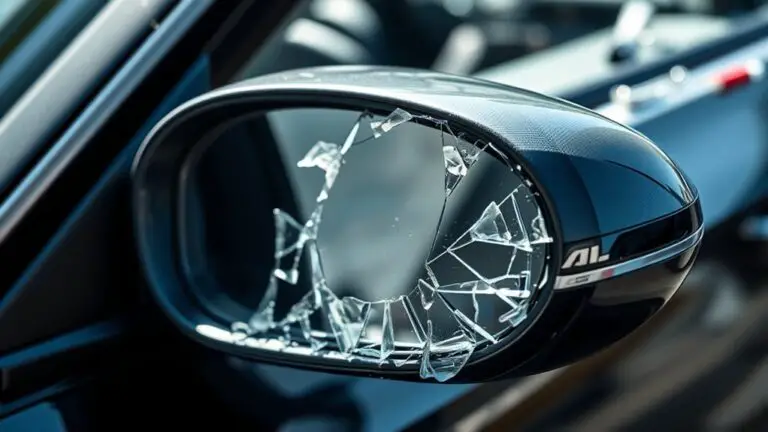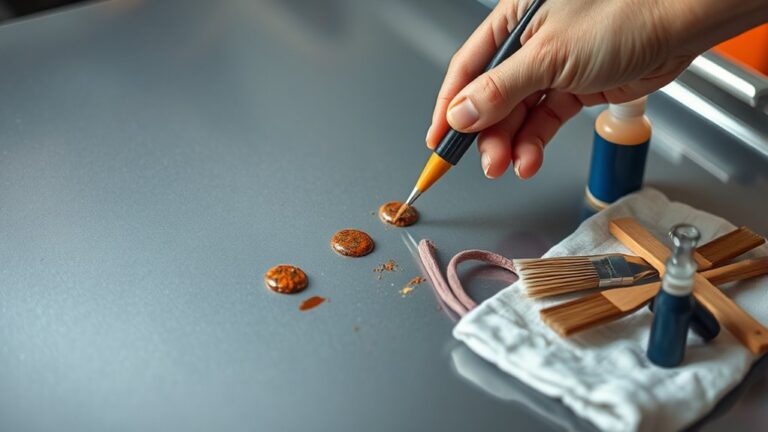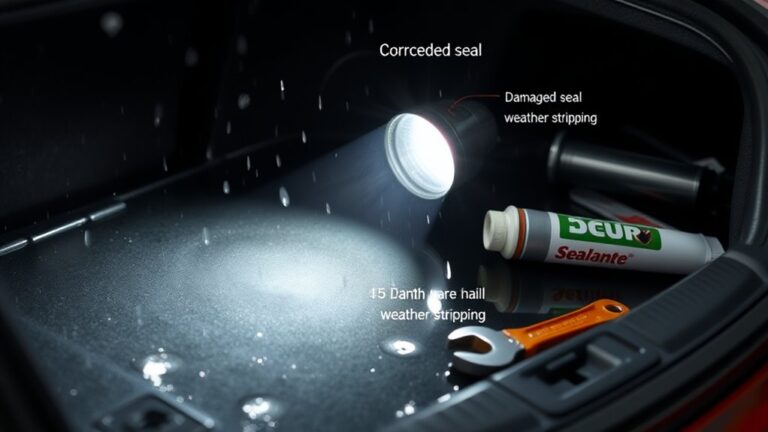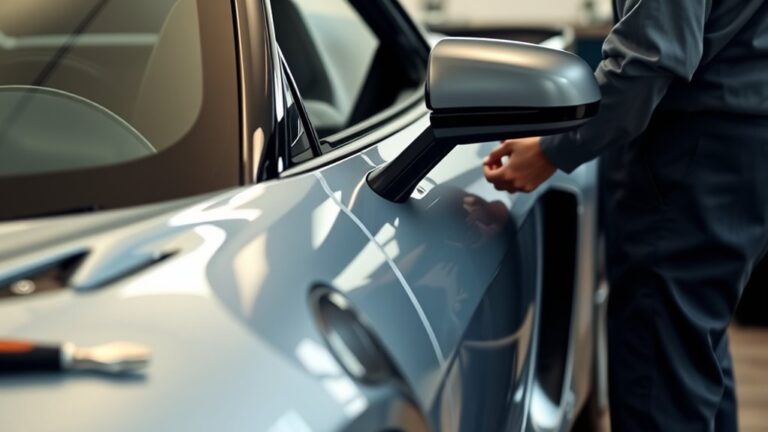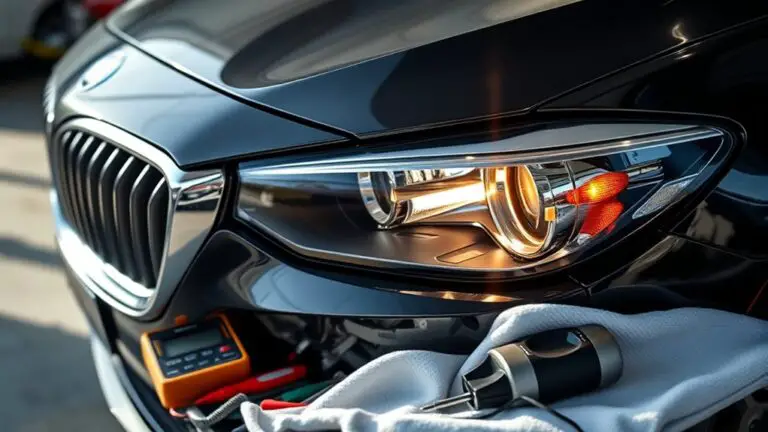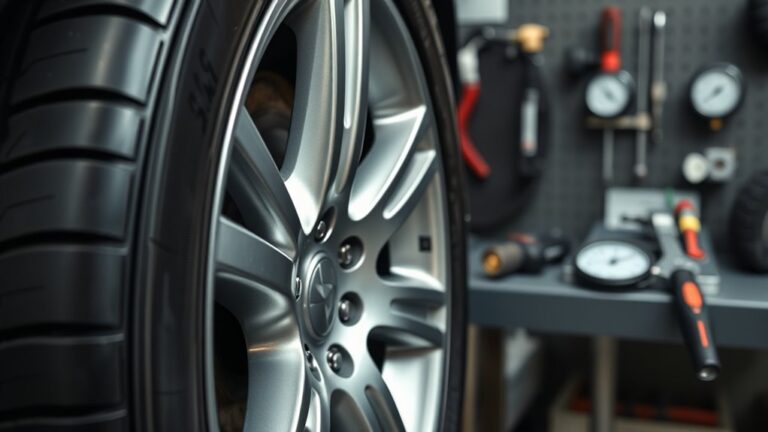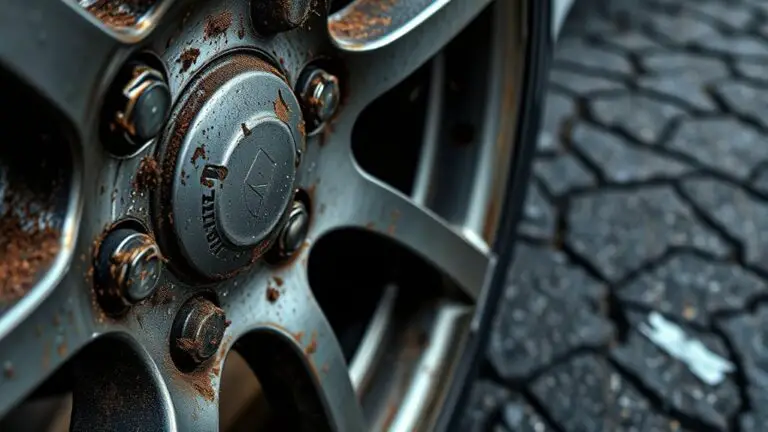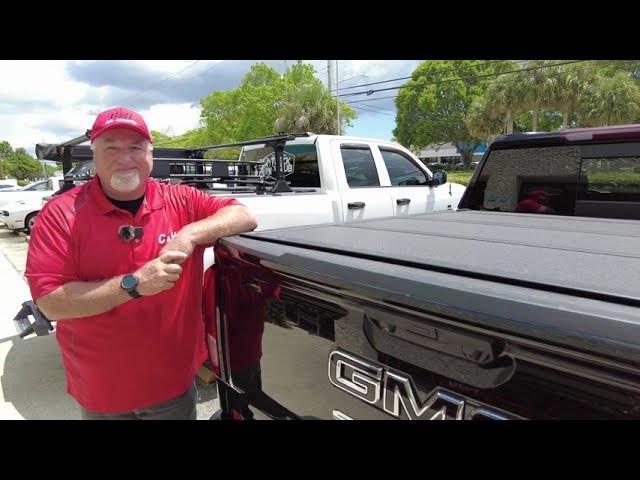Cost/Time Estimate for Repairing Common Exterior Sunroof Leak
Repairing a common exterior sunroof leak costs roughly $100 to $1,000 in parts plus $75 to $150 per hour for labor, with total time typically 1 to 4 hours. Most fixes involve seals, drainage checks, and panel alignment. Parts like basic seals run $20–$80, while motors or actuators push higher. Labor varies by access, complexity,…


